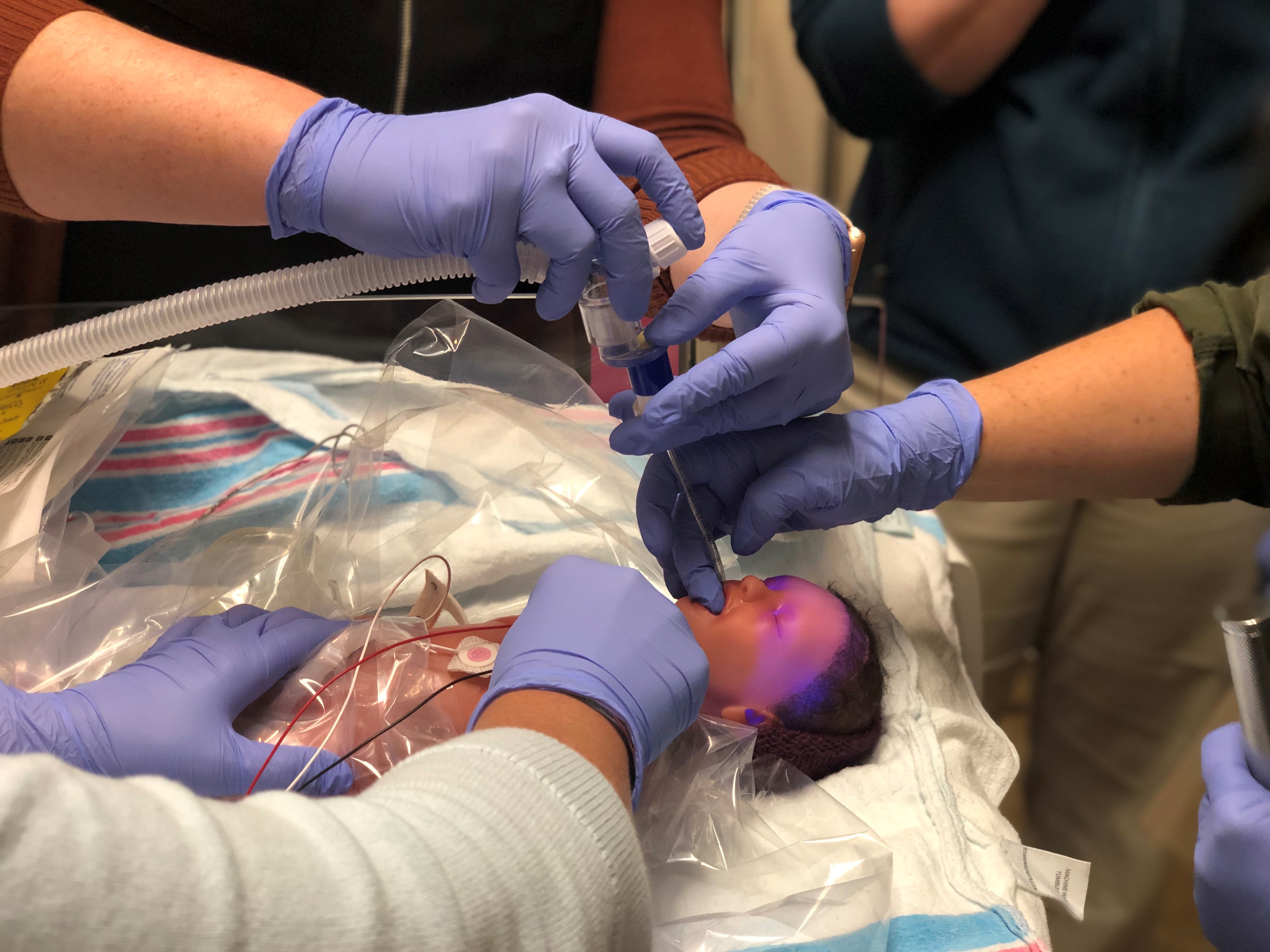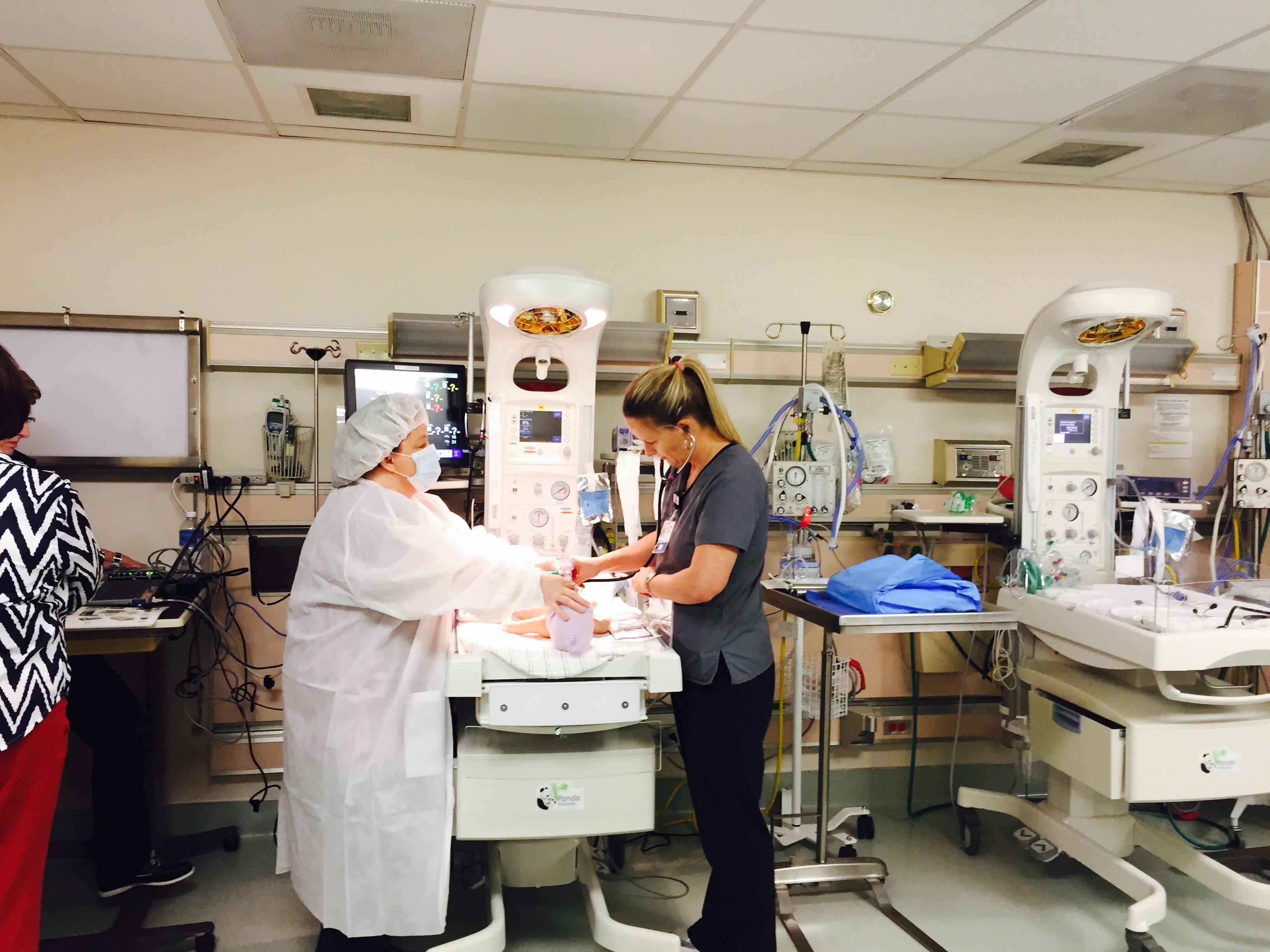World Patient Safety Day is observed annually on Sept. 17. MEDNAX has numerous quality and safety initiatives covering many specialty areas of care. For Jean Moon, M.D., and Kathleen Horowitz, M.D., patient safety is something they practice daily as obstetric (OB) hospitalists for the Obstetrix Medical Group of Phoenix OB Hospitalist program (Dr. Moon serves as Medical Director of the program). Honor Health Shea Campus, where both practices, were recently recognized as one of the Best Maternity Hospitals by Newsweek and The Leapfrog Group. The Leapfrog Group is focused on safety and quality and has produced guidelines, or “bundles,” for obstetricians.
What is patient safety?
One of the goals of patient safety is ensuring there are standard definitions and interpretations of terms. For an OB hospitalist, the results of patient safety initiatives can have influencing factors different than that of a community physician, especially when considering the determinants that influence c-section rates. The OB hospitalist group is not just for triage—they are available to assist as needed. They can provide more active management of labor, which in turn can decrease the c-section rate for first-time moms. There is a slight advantage of the OB hospitalist 24-hour shift structure since it alleviates pressures of trying to ensure deliveries before the end of a shift, which also drives their lower c-section rates.
Dr. Moon notes that what makes their team strong and driven towards patient safety is that they’ve all chosen this path. She proclaims, “The individuals on the team all have an interest in high-risk OB, and without that, they couldn’t do what they do.” It’s also important to note that it’s not just the obstetricians that make a difference. Everyone plays a key role in influencing the care provided. Referring to the Best Maternal Hospital honor, Dr. Horowitz stresses, “This designation is more than just our team. It reflects the broad teamwork of the entire unit —leadership, nursing, and the hospitalists are all very important in making it work.”
Something else that helps improve the team’s patient safety record is the use of simulation. They have quarterly meetings to perform simulations, which are focused on OB emergencies and help implement and refine the team’s process. Coincidentally, World Patient Safety Day falls during Healthcare Simulation Week, further demonstrating the vital nature of these initiatives and highlighting their strength together. For the Phoenix team, the focus on simulation yields a lot of engagement within their group and emphasizes their goal of putting patients first.

The role of the patient in patient safety
Though there can be patient-driven factors that contribute to a decline in patient safety rates, the physician still plays the primary role. Communication from physician to the patient is paramount. Patient safety bundles—the structured approach for distributing processes and guidelines designed to improve outcomes—include patient education. OB hospitalists, again due to shift structure, often have the opportunity to spend more time with patients and impart knowledge. Even though they’re typically not involved in prenatal care, both Dr. Moon and Dr. Horowitz have seen patients that were in the hospital for something relatively simple who end up taking the opportunity to ask the hospitalist physicians additional questions that they may not have had the time or opportunity to discuss with their private practice physician. Education takes time for all parties.
Furthering the role of the patient, the Centers for Disease Control and Prevention has launched the HEAR HER campaign, which encourages all those supporting pregnant women, physicians included, to listen and respond to concerns voiced by patients to help save maternal lives.
The future of patient safety
Patient safety initiatives have accelerated over the last few decades. Still, every year, 700 women die from pregnancy-related complications, two-thirds of which are preventable. Though there is more awareness now of the challenges and problems, there is still room to improve. MEDNAX has taken this effort to heart and promotes a mindset of high reliability among clinicians.
Residency training has more focus on patient safety and communication than in years past. Early training ensures up-and-coming physicians join the ranks of those already focused on patient safety with an understanding of its importance. There is also on-going education, with hospital leaders focused on presenting the patient safety bundles to team members in a way that makes it something they want to spend time learning. Dr. Moon says, “We do what we need to be safe and follow a standard of care, while still leaving room for the art of medicine.”
